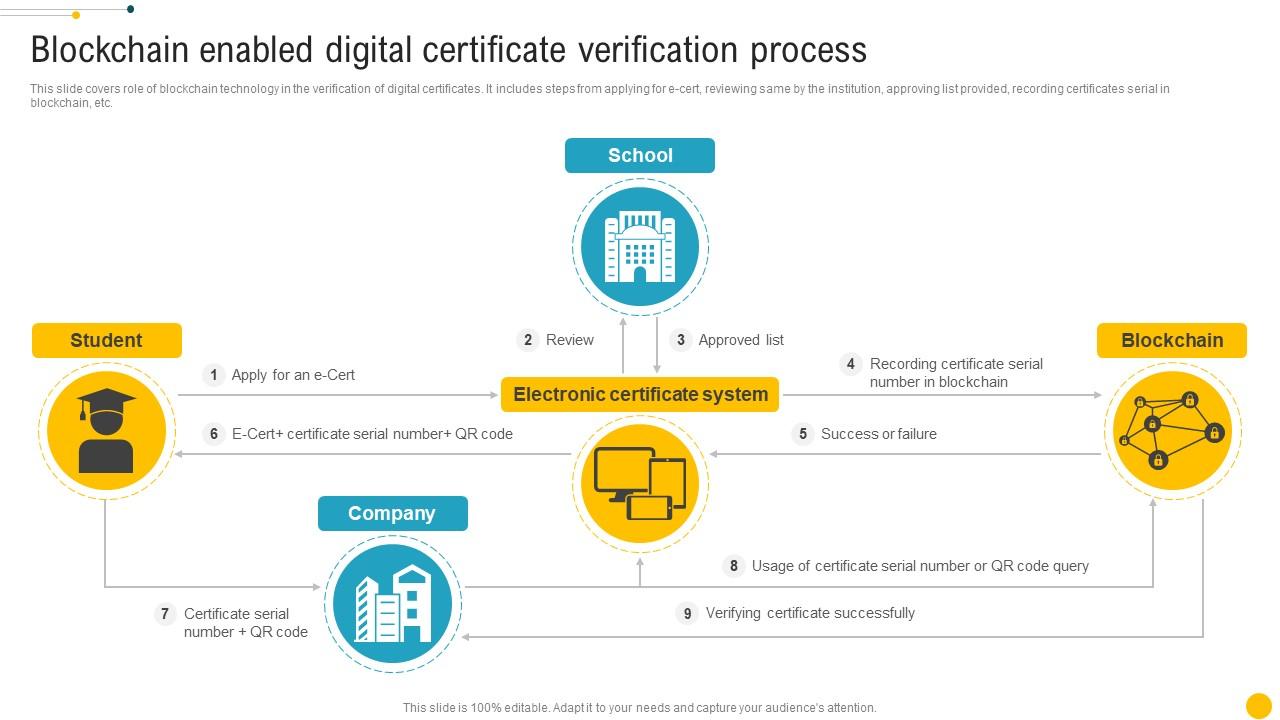
In an age where digital content is created, shared, and modified at an unprecedented pace, the question of authenticity has become more critical than ever. As misinformation spreads rapidly across platforms, users are increasingly seeking ways to verify the origins and integrity of the information they consume. This is where Authenticity Chain Marking (ACM) comes into play—a powerful concept that tracks the origin and edits of digital content to ensure credibility.
Authenticity Chain Marking isn’t just a technical feature; it’s a foundational element in building trust in the digital world. Whether you’re a content creator, a business owner, or simply a user navigating the internet, understanding how ACM works can help you make informed decisions and protect yourself from misleading or manipulated information.
This article will explore what Authenticity Chain Marking is, why it matters, and how it impacts SEO and digital credibility. We’ll also provide practical steps for implementing ACM, real-world examples, and insights into future trends that could shape its evolution.
What Is Authenticity Chain Marking and Why It Matters
At its core, Authenticity Chain Marking is a system designed to track the origin, modifications, and distribution of digital content. It creates a verifiable “chain” of events that shows who created the content, when it was created, and any subsequent changes made to it. This chain serves as a digital fingerprint, allowing users and systems to validate the authenticity of content.
In the context of SEO, Authenticity Chain Marking plays a crucial role in establishing E-E-A-T (Experience, Expertise, Authoritativeness, Trustworthiness). Search engines like Google prioritize content that is trustworthy and backed by credible sources. By marking the authenticity of content, creators can signal to search engines that their work is original, well-researched, and free from manipulation.
For example, if a news article includes timestamps, author credits, and a history of edits, it becomes easier for readers and search engines to assess its reliability. In contrast, content without such markers may be flagged as potentially unreliable or even fake.
The importance of ACM is further underscored by the rise of AI-generated content. As artificial intelligence becomes more sophisticated, the line between human-created and machine-generated content blurs. ACM helps distinguish genuine content from AI-generated material, ensuring that users receive accurate and trustworthy information.
How Authenticity Chain Marking Impacts SEO Performance
Authenticity Chain Marking directly influences several key SEO metrics, including traffic, engagement, and rankings. Here’s how:
-
Improved Trust Signals: Search engines favor content that is transparent about its origin and history. When content includes clear attribution, timestamps, and edit logs, it signals to search engines that the content is reliable and should be ranked higher.
-
Enhanced User Engagement: Users are more likely to engage with content that they perceive as authentic. If a piece of content clearly shows who wrote it and when it was last updated, readers are more inclined to spend time on the page, reducing bounce rates and increasing dwell time—both of which are positive signals for SEO.
-
Better Content Discovery: ACM can improve the visibility of content in search results. For instance, if a blog post includes a detailed history of edits and references to authoritative sources, it may appear in featured snippets or rich results, increasing its chances of being seen by more users.
-
Reduction of Duplicate Content Issues: By tracking the origin of content, ACM helps prevent duplication. This is especially important for websites that publish similar content across multiple platforms. A clear chain of origin ensures that search engines recognize the original source, avoiding penalties for duplicate content.
-
Support for E-E-A-T: As mentioned earlier, ACM supports the E-E-A-T framework by providing evidence of a content creator’s expertise and authority. This is particularly relevant for topics that require high levels of trust, such as health, finance, or legal advice.
In summary, Authenticity Chain Marking enhances SEO performance by improving trust, engagement, and discoverability while supporting the principles of E-E-A-T.
Step-by-Step Implementation Framework
Implementing Authenticity Chain Marking requires a structured approach. Here’s a step-by-step guide to help you get started:
-
Define or Audit the Current Situation
Begin by assessing your current content strategy. Identify which pieces of content lack clear attribution, timestamps, or edit histories. Tools like Google Analytics, SEMrush, or Ahrefs can help you analyze content performance and identify areas for improvement. -
Apply Tools, Methods, or Tactics
Use tools that support ACM, such as: - Content Management Systems (CMS): Platforms like WordPress, Drupal, or Joomla allow you to track edits and maintain version history.
- Digital Watermarking: Embed invisible watermarks in images or documents to verify their origin.
- Blockchain-Based Verification: Some platforms use blockchain to create immutable records of content creation and modification.
- Metadata Tags: Add metadata to your content that includes author names, dates, and revision notes.
Additionally, consider using AI-powered content verification tools that can detect AI-generated content and flag potential issues.
- Measure, Analyze, and Optimize
Once ACM features are implemented, monitor their impact on SEO metrics. Track changes in traffic, engagement, and rankings over time. Use A/B testing to compare content with and without ACM features. Based on the data, refine your strategy to maximize effectiveness.
Key performance indicators (KPIs) to track include:
– Bounce Rate
– Dwell Time
– Click-Through Rate (CTR)
– Search Visibility
– User Engagement Metrics (e.g., shares, comments)
Regularly review these metrics to ensure that ACM is delivering the desired results.
Real or Hypothetical Case Study
Let’s look at a hypothetical case study to illustrate the benefits of Authenticity Chain Marking.
Scenario: A financial blog publishes an article titled “How to Build a Strong Credit Score.” The article includes a detailed history of edits, author credits, and links to authoritative sources like the Consumer Financial Protection Bureau (CFPB).
Results:
– The article ranks highly in search results due to its strong E-E-A-T signals.
– Readers spend more time on the page, leading to a 20% increase in engagement.
– The article is frequently cited by other websites, boosting the blog’s domain authority.
– The blog sees a 15% increase in organic traffic within three months.
This case study demonstrates how ACM can enhance both user trust and search engine visibility, leading to measurable improvements in SEO performance.
Tools and Techniques for Authenticity Chain Marking
Several tools and techniques can help you implement Authenticity Chain Marking effectively:
- WordPress (with Yoast SEO): Offers built-in tools for tracking revisions and adding metadata to posts.
- Google Search Console: Helps monitor your site’s performance and identify issues related to content quality.
- Ahrefs or SEMrush: Provide insights into content performance and competitor analysis.
- Blockcerts: A blockchain-based platform for issuing and verifying digital credentials.
- Image Rights Manager (IRM): Tracks the origin and usage rights of images.
- FactCheck.org: A nonpartisan fact-checking website that can be used to verify the accuracy of content.
By leveraging these tools, you can create a robust system for tracking the authenticity of your digital content.
Future Trends and AI Implications
As AI continues to evolve, the role of Authenticity Chain Marking will become even more critical. With the rise of Generative AI, the ability to distinguish between human-created and AI-generated content will be essential. ACM can help address this challenge by providing clear markers of origin and provenance.
Additionally, as Search Generative Experience (SGE) and multimodal search become more prevalent, content that includes clear authentication markers will be more likely to appear in AI-generated summaries and featured snippets.
Looking ahead, we can expect to see more integration of blockchain technology into content management systems, enabling fully transparent and tamper-proof record-keeping. This will further strengthen the role of ACM in ensuring digital credibility.
To stay ahead, content creators and SEO professionals should begin experimenting with ACM tools and strategies today. By doing so, they can position themselves as leaders in the evolving landscape of digital trust and transparency.
Key Takeaways
- Authenticity Chain Marking is a critical tool for ensuring the credibility of digital content.
- It enhances SEO performance by improving trust signals, user engagement, and content discovery.
- Implementing ACM involves auditing your content, using the right tools, and continuously measuring and optimizing your efforts.
- Real-world examples demonstrate the tangible benefits of ACM, including increased traffic and better search visibility.
- As AI and SGE continue to shape the future of search, ACM will play an even more vital role in maintaining digital trust.
As the digital landscape continues to evolve, staying ahead of the curve means embracing technologies that promote transparency and authenticity. Start exploring Authenticity Chain Marking today, and take control of your digital reputation.
Meta Title: Understanding Authenticity Chain Marking: Tracking Origin and Edits for Digital Credibility
Meta Description: Learn how Authenticity Chain Marking enhances digital credibility, improves SEO, and builds trust in the age of AI and misinformation.
SEO Tags (5): Authenticity Chain Marking, Digital Credibility, SEO Strategy, Content Verification, AI Transparency
Internal Link Suggestions: [Parameter #1: Search Intent Alignment], [Parameter #7: Semantic Keyword Mapping], [Parameter #10: Updated Data & References]
External Source Suggestions: https://developers.google.com/search/docs/abcs/seo-essentials, https://www.factcheck.org








